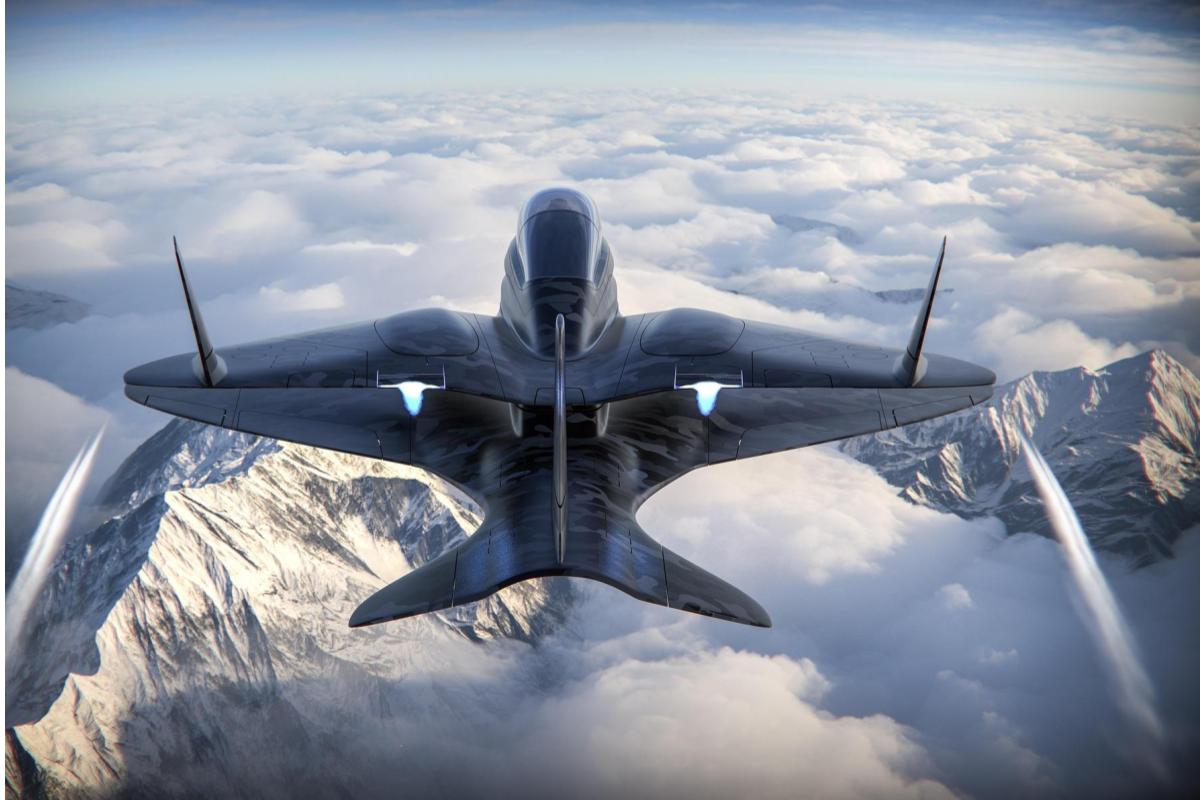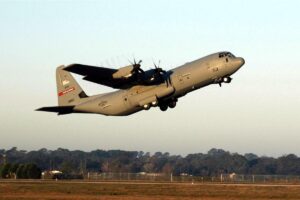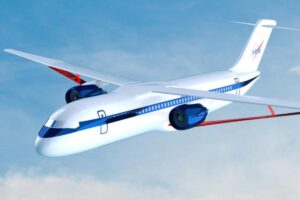Streamline Communication with 1553 to RS-422 Converters
Introduction
In today’s interconnected systems—spanning aerospace, defense, industrial automation, and transportation—interfacing legacy and modern components is crucial. Systems often rely on varied communication standards developed decades apart. Among the most prevalent are MIL-STD-1553 and RS-422. MIL-STD-1553, a synchronous, deterministic protocol, is widely used in mission-critical avionics systems, while RS-422, a high-speed asynchronous serial standard, remains popular in industrial control and legacy data systems. When these two protocols must communicate, the gap between them can only be bridged through the use of specialized converters. This white paper explores the purpose, design, application, and future of 1553 to RS-422 converters.
1. Understanding the Fundamentals of MIL-STD-1553 and RS-422
1.1 MIL-STD-1553 Overview
MIL-STD-1553 is a robust, military-standard communication protocol primarily used in avionics and defense systems. It is based on a dual-redundant bus and employs a command/response protocol managed by a centralized Bus Controller (BC). Data transfer occurs at 1 Mbps using transformer-coupled interfaces to reduce electrical noise and ensure signal integrity. Its deterministic nature makes it ideal for systems where timing and reliability are paramount.
1.2 RS-422 Overview
RS-422 is a balanced differential signaling protocol that supports higher data rates (up to 10 Mbps) and longer cable lengths (up to 1,500 meters) than its predecessor, RS-232. It is asynchronous and often used in point-to-point or point-to-multipoint configurations. While not deterministic, RS-422’s speed, simplicity, and cost-effectiveness make it suitable for legacy and industrial communication.
1.3 Key Differences Between MIL-STD-1553 and RS-422
- Synchronization: MIL-STD-1553 is synchronous and managed by a Bus Controller, while RS-422 is asynchronous.
- Topology: 1553 uses a redundant bus topology; RS-422 supports point-to-point and multipoint.
- Error Handling: 1553 includes built-in parity and fault-tolerance mechanisms. RS-422 relies on higher-layer protocols for error correction.
- Use Case: MIL-STD-1553 is favored in aerospace and defense. RS-422 is common in industrial and legacy systems.
2. The Necessity of 1553 to RS-422 Protocol Converters
2.1 Bridging Generational Gaps
As systems evolve, modern avionics platforms or mission computers may still need to communicate with RS-422-based sensors, actuators, or legacy processing units. 1553 to RS-422 converters ensure that existing hardware remains usable and interoperable without full system replacement.
2.2 Enhancing System Interoperability
By translating messages from a 1553 bus to RS-422, converters enable interoperability between platforms that would otherwise be incompatible. This capability is particularly valuable in mixed-fleet environments or during incremental system upgrades.
2.3 Cost Reduction
Replacing RS-422-based systems with new 1553-compatible devices can be prohibitively expensive. Converters offer a cost-effective alternative that leverages existing hardware investments.
2.4 Mission Continuity and Reliability
In defense and aerospace, any downtime can be critical. Using converters allows for seamless integration of legacy systems without compromising the reliability expected from MIL-STD-1553 systems.
3. Architecture and Components of 1553 to RS-422 Converters
3.1 Physical Layer Interfaces
On the MIL-STD-1553 side, the converter interfaces with the bus using transformer-coupled transceivers that match the 70-85 ohm impedance requirement. On the RS-422 side, differential line drivers provide noise immunity and ensure voltage level compatibility.
3.2 Protocol Conversion Engine
At the core lies a microcontroller, FPGA, or ASIC capable of parsing MIL-STD-1553 command/response transactions and translating them into RS-422-compatible serial streams. This engine also manages timing, buffering, and flow control.
3.3 Buffering and Timing Management
Since MIL-STD-1553 operates in a time-deterministic manner and RS-422 is asynchronous, data must be buffered and re-timed for coherent translation. FIFO (First In, First Out) buffers are used to queue data and align transmission timing.
3.4 Power and Environmental Considerations
Converters often need to be ruggedized for field deployment. Power-efficient components, wide input voltage support, ESD protection, and temperature-tolerant packaging ensure performance in demanding environments.
4. Real-World Applications and Scenarios
4.1 Aircraft Modernization
Older aircraft often employ RS-422 for subsystems like navigation, environmental control, and engine monitoring. When modernizing with MIL-STD-1553-based mission computers or displays, converters allow legacy subsystems to remain operational and integrated.
4.2 Satellite Systems
Satellites use both MIL-STD-1553 for bus control and RS-422 for lower-power instruments. Converters allow compact instruments to transmit data over the main 1553 bus without additional hardware complexity.
4.3 Ground Vehicles and Defense Platforms
Military ground vehicles may use RS-422 for internal communications. When adding newer 1553-compatible sensors or modules, converters facilitate interoperability.
4.4 Industrial and Energy Sectors
In automation or energy grids where RS-422 legacy systems control key processes, protocol converters are used to interface with 1553-enabled supervisory control systems.
4.5 Test Equipment and Simulation
Test rigs often simulate 1553 environments while collecting data via RS-422. Converters enable real-time feedback and loop closure in test automation.
5. Key Design Considerations
5.1 Data Throughput and Bandwidth
Designers must ensure that the converter’s data path can support the required throughput without bottlenecks. This includes selecting appropriate buffer sizes and optimizing processing logic.
5.2 Error Detection and Correction
Error checking, including parity or CRC validation, must be applied consistently to meet MIL-STD-1553 standards while respecting RS-422’s simpler error-handling expectations.
5.3 Message Framing and Addressing
MIL-STD-1553 uses structured messages with addressing, while RS-422 often sends raw byte streams. Framing logic must be embedded to preserve context and message order.
5.4 Timing Constraints
Converters must respect the 1553 timing window while ensuring minimal latency in RS-422 delivery. Intelligent scheduling and clock synchronization are vital.
5.5 Compliance and Safety Certifications
Converters should comply with standards such as DO-160 (environmental), DO-254 (hardware), and DO-178C (software), especially when used in airborne or defense platforms.
6. Advanced Features in Modern Converters
6.1 Built-In Test (BIT) Capabilities
Self-test and diagnostics features are increasingly common, allowing for monitoring signal quality, voltage levels, and converter health.
6.2 Remote Configuration and Updates
Converters can include Ethernet or USB interfaces for firmware upgrades and real-time configuration without physical access.
6.3 Data Logging and Timestamping
Advanced converters log data with precise timestamps, aiding in troubleshooting, analysis, and mission recording.
6.4 Multi-Protocol Flexibility
Some units support multiple protocols (e.g., ARINC 429, CAN) beyond RS-422, offering versatility in multi-platform deployments.
6.5 Cybersecurity Features
Security features such as encrypted firmware, secure bootloaders, and role-based access control are becoming standard.
7. Best Practices for Integration and Deployment
7.1 System Evaluation and Planning
Perform a detailed needs assessment covering data types, speed, latency, and fault tolerance. Choose a converter model that meets all operational specifications.
7.2 Electrical and EMI Considerations
Proper shielding, grounding, and line termination are essential to maintain signal integrity and prevent noise-induced errors.
7.3 Software and Firmware Compatibility
Ensure the converter’s firmware aligns with the system’s software stack. Look for drivers and APIs that simplify integration.
7.4 Vendor Support and Documentation
Choose manufacturers that provide robust support, clear documentation, and long-term product lifecycle guarantees.
7.5 Testing and Validation
Conduct lab simulations followed by field trials. Monitor data flow accuracy, error rates, and system response under stress conditions.
8. Future Trends and Innovations
8.1 AI-Powered Protocol Management
Machine learning may soon optimize message routing, buffer allocation, and anomaly detection in real time.
8.2 Centralized Communication Hubs
As systems consolidate, converters may evolve into centralized hubs capable of managing multiple buses and protocols simultaneously.
8.3 Miniaturization for Edge Applications
Smaller, more power-efficient converters will support wearable tech, UAVs, and small satellite platforms.
8.4 Software-Defined Converters
Programmable logic allows converters to adapt to evolving protocols and mission requirements without hardware changes.
8.5 Integrated Cybersecurity Modules
Future devices will likely embed cryptographic processors and zero-trust architecture principles to guard against evolving threats.
Conclusion
1553 to RS-422 converters are pivotal in bridging the gap between time-tested avionics protocols and practical, cost-effective serial standards. Their role in preserving legacy investments, enabling platform interoperability, and supporting mission readiness cannot be overstated. As systems evolve to become more intelligent, secure, and interconnected, these converters will continue to adapt—offering powerful, flexible, and future-proof solutions for seamless data communication.





